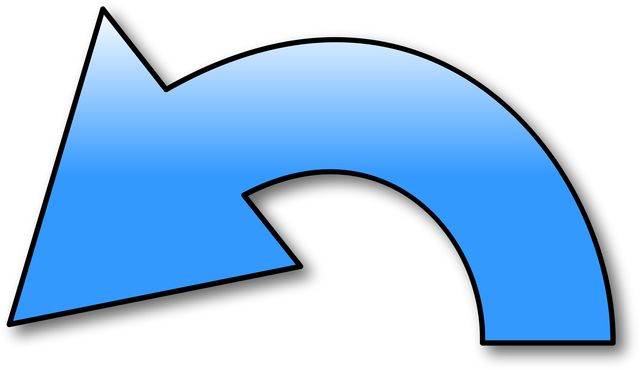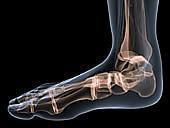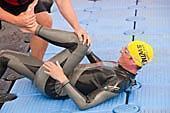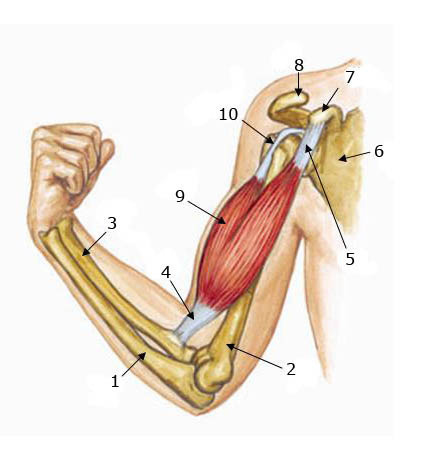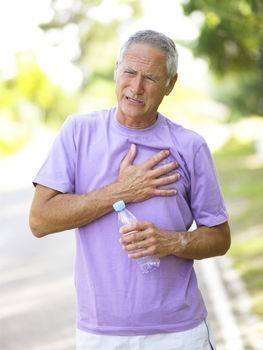Lou Gehrig’s Disease
Definition
Lou Gehrig’s Disease goes by the name Amyotrophic Lateral Sclerosis (ALS) is the progressive and sometimes fatal disorder. This kind of disorder attacks the nerves and muscles.
Amyotrophic Lateral Sclerosis is a motor neuron disease.
Amyotrophic is a Greek origin, which means “No muscle nourishment “.
Amyotrophic Lateral Sclerosis (ALS) is of a sporadic nature. That is the disease can affect anyone at anytime.
Lou Gehrig’s disease damages motor neurons in the brain and spinal cord; these are nerve cells that control muscle movement. Motor neurons can be one of two types upper and lower, with the Upper motor neurons sending messages from the brain to the spinal cord, and the lower motor neurons sending messages from the spinal cord to the muscles. Motor neurons are an important part of the body’s neuromuscular system. So when the motor neurons are damaged, the body may be unable to carry out its simplest movement of breathing.
Lou Gehrig’s Disease
Symptoms
Symptoms for Lou Gehrig’s disease are known to vary with individuals with the disease. Symptoms include
- Tripping
- Constantly dropping things
- Abnormal Fatigue with the arms and/or legs.
- Slurred Speech
- Muscle Cramps/twitching
- Experiencing twitches
- Involuntary Laughing and Crying
- muscle weakness, especially in the arms and legs
- tripping or falling a lot,
- dropping things, having difficulty speaking,
As the disease gets worse over time the symptoms may include difficulty eating, swallowing, and even breathing may become difficult
Causes of Lou Gehrig’s Disease
The cause(s) are still unknown for Lou Gehrig Disease. It is said to be hereditary but necessarily the case of the actual patients who ended up this disease. Results have shown that 10% of Lou Gehrig’s disease or Amyotrophic Lateral Sclerosis were as a result of the disease being hereditary and with the remaining 90% this was not necessarily the case.
Treatment of Lou Gehrig’s Disease
Presently there is no cure for Lou Gehrig’s disease. However there are Medicines that can control symptoms, such as muscle cramping and difficulty swallowing, and other drugs can slow the development of the disease. Alternate treatment options include Physical Therapy (help people with ALS cope with muscle loss and breathing problems) and other Rehabilitation Techniques, these treatments do not cure the disease, but provide assistance for patients with the disease who want to live a more productive and independent life. These two methods are seen as a means to help patients work around the “weakness and functional disability” that is associated with the disease. Special equipment is also provided when it becomes necessary. For instance, a power wheelchair can enable a paralyzed person with ALS to get around. In some cases braces or walkers can be utilized to help in the improvement of mobility.
